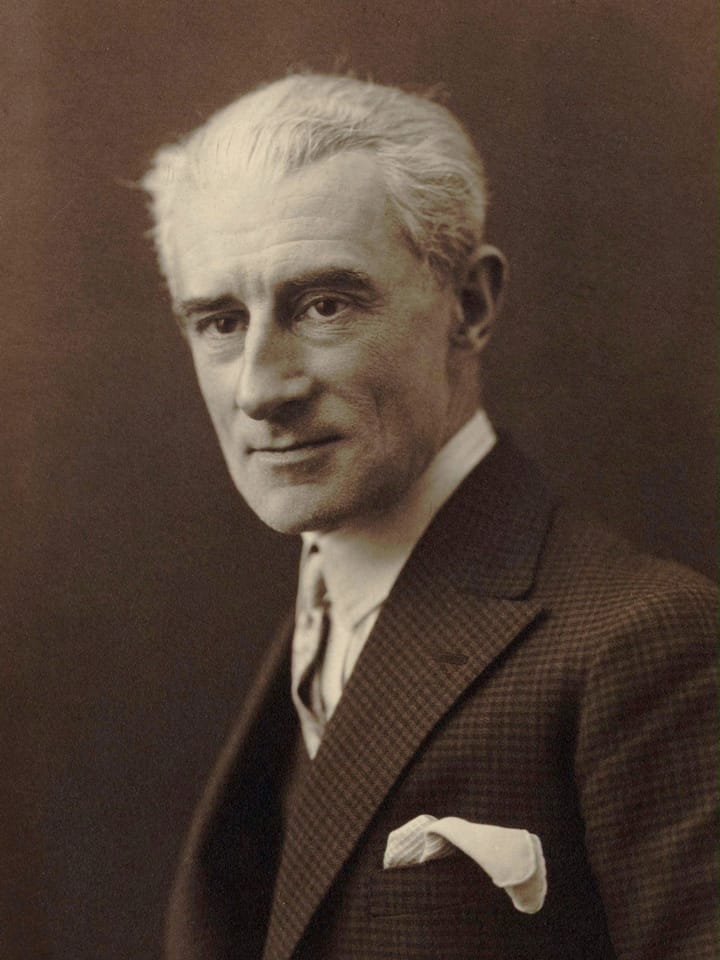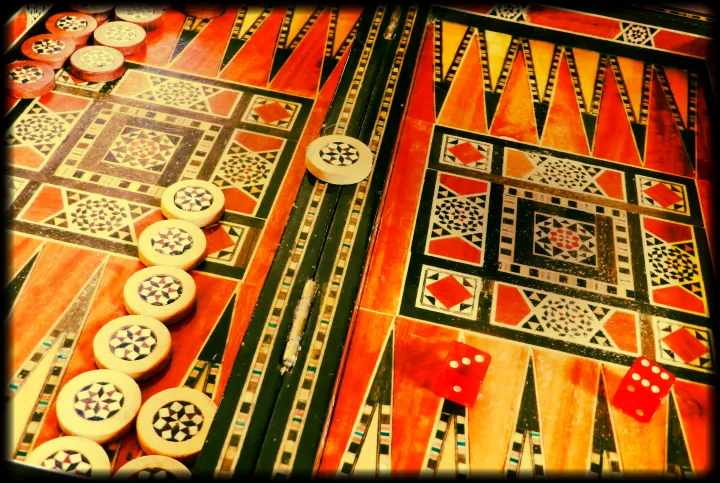Meter, Schmeter
...and I am unanimous in that.

I hadn’t really considered it until recently, but you can think of certain works as being in either headless iambic tetrameter or catalectic trochaic tetrameter. To my ear, it’s almost always headless iambs—not that I’m opposed to catalectic trochees in the least.
Here is an example from Blake:
Tiger, tiger, burning bright
In the forests of the night,
What immortal hand or eye
Could frame thy fearful symmetry?
That last line gives it away, perhaps; but even excluding that line altogether, it sounds more as though the first iamb is headless (missing the unstressed syllable), rather than that the last iamb is catalectic (missing the stressed syllable), in each of the remaining three lines. But one could certainly choose to hear it either way.
The implied meters could be expressed as:
Iambic tetrameter
[A] Tiger, tiger, burning bright
[With]In the forests of the night,
[And] What immortal hand or eye
Could frame thy fearful symmetry?
or, neglecting the rhymes:
Trochaic tetrameter
Tiger, tiger, burning bright[ly]
In the forests of the night[ly],
What immortal hand or eye [could]
[F]rame thy fearful symmetry [now]?
It’s almost akin to the [musical] debate over the difference between 6/8 and 3/4, or for that matter 4/2 and 4/4, or 12/8 and 4/4 with triplets. (And don’t get me started on hemiola, because it is far too early in the year to be getting into Of Brahms and Bruckner.)




 Support Us
Support Us
Comments ()